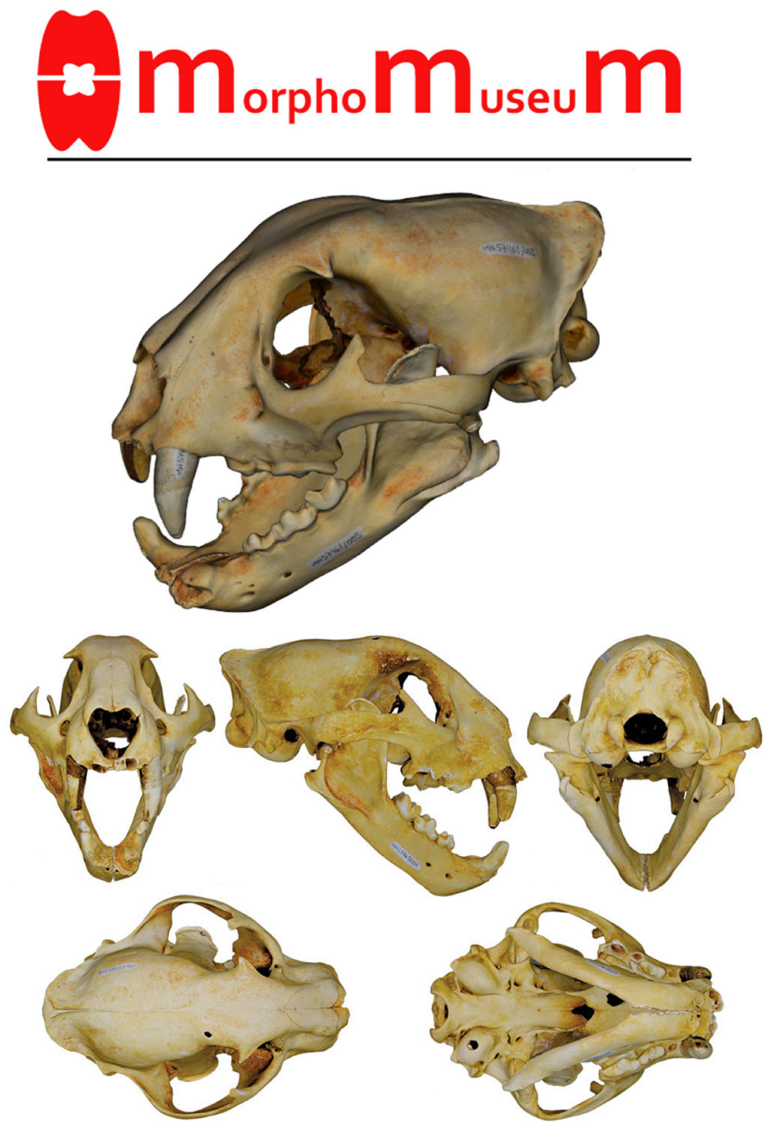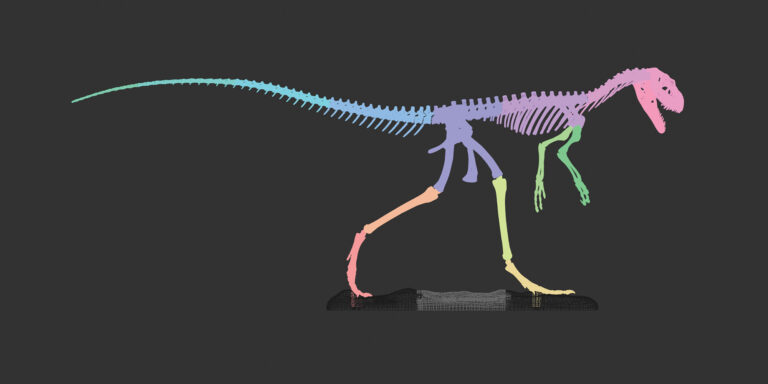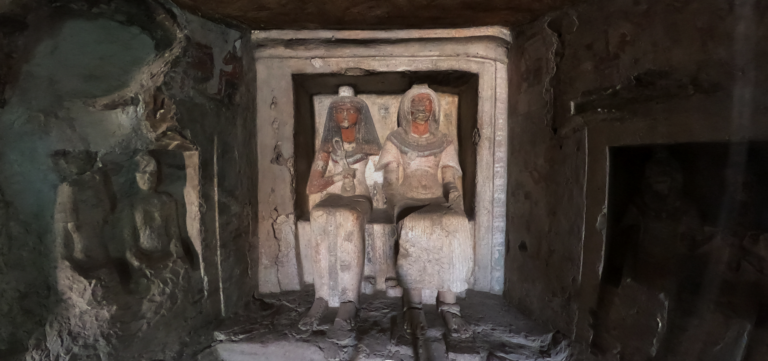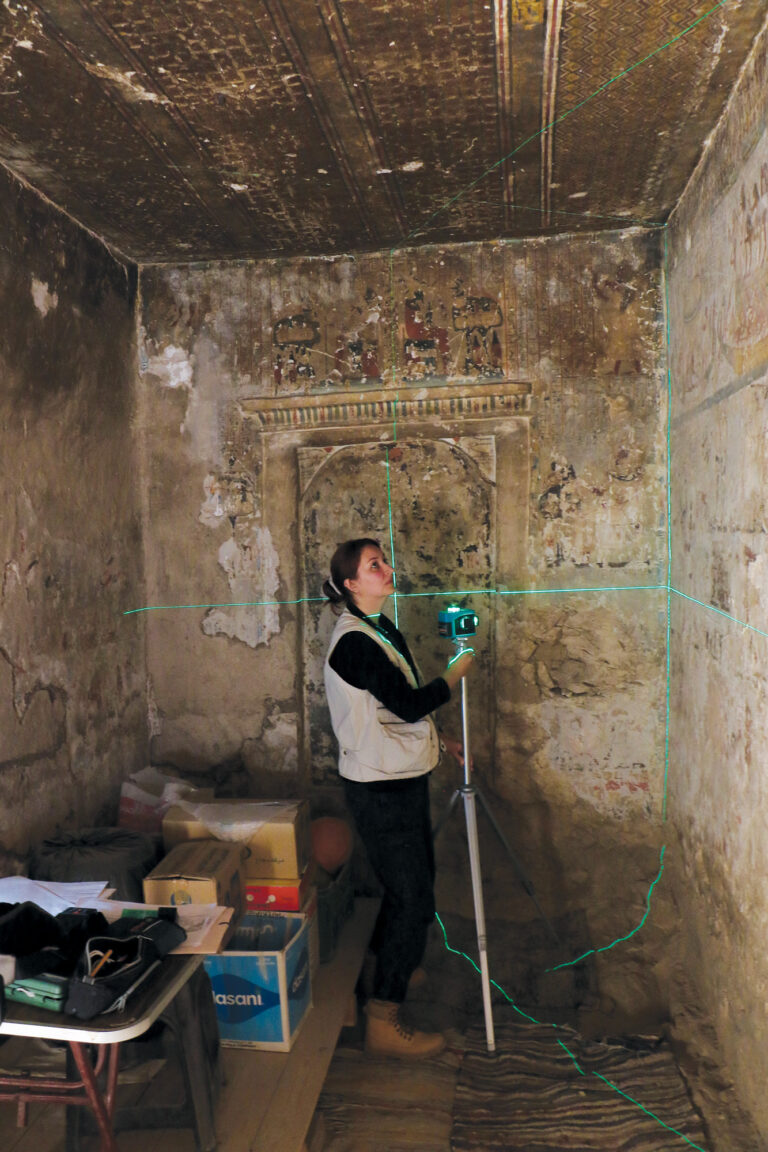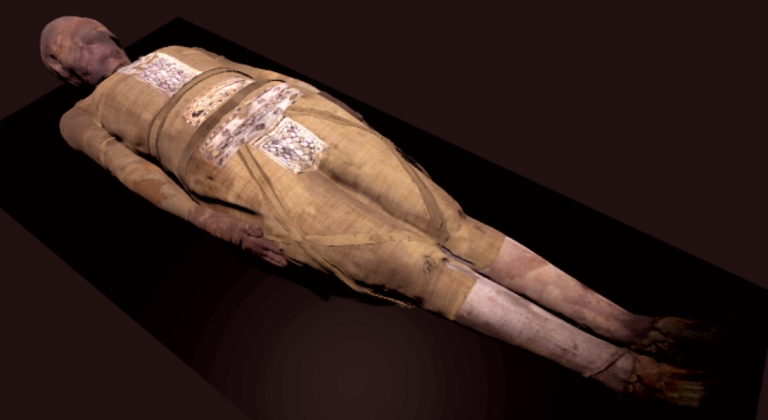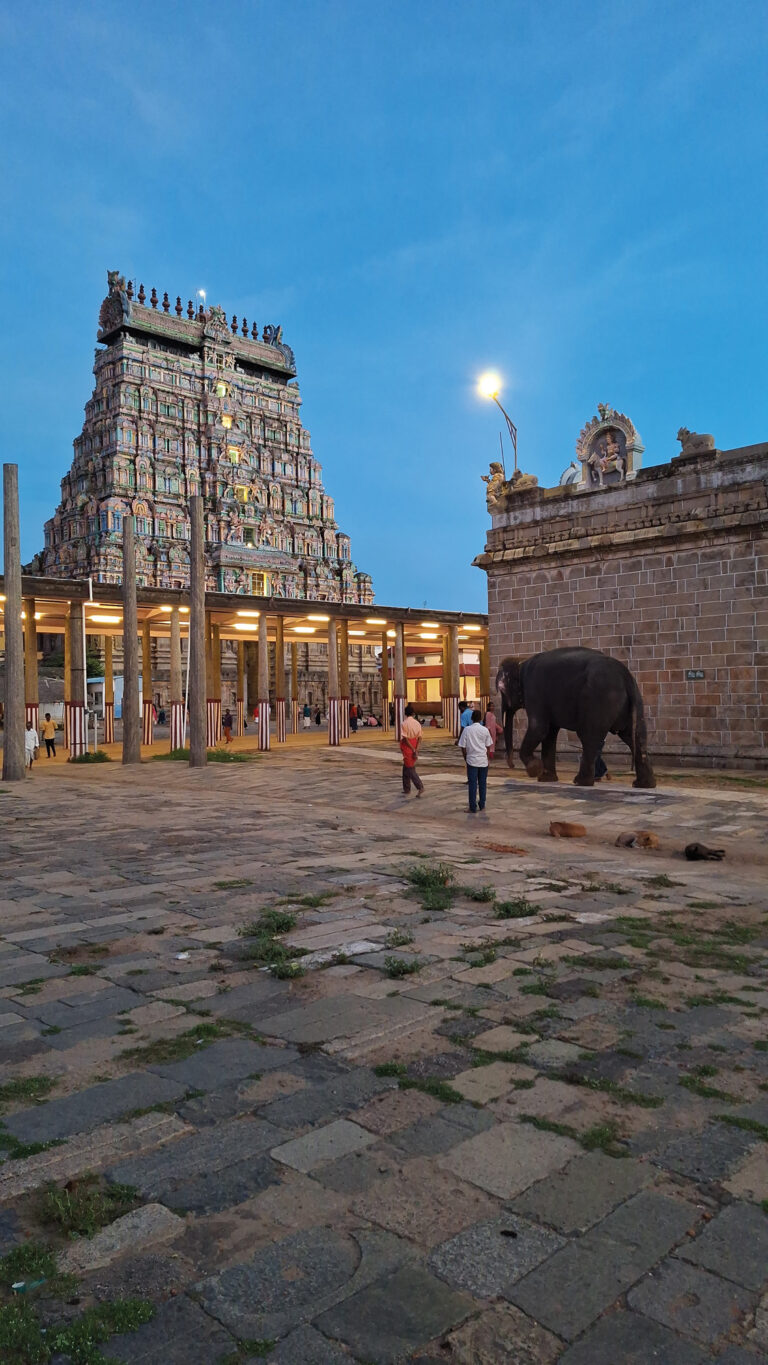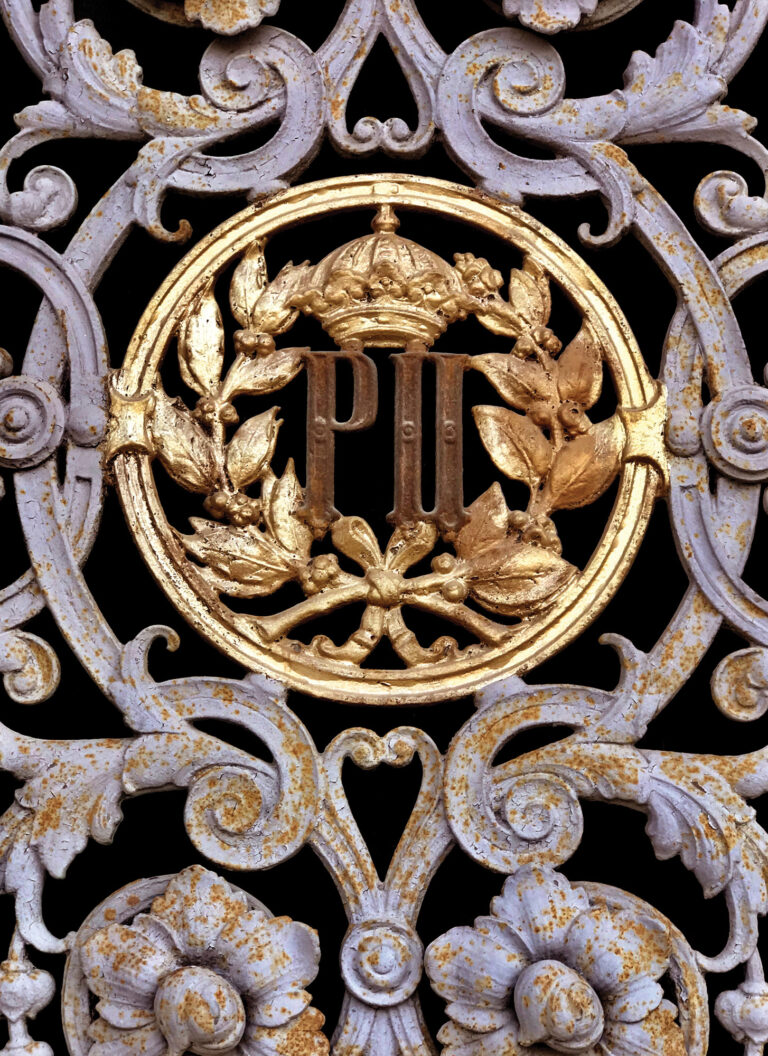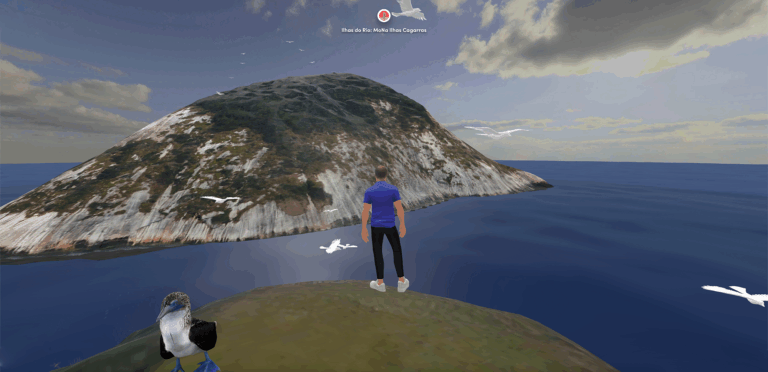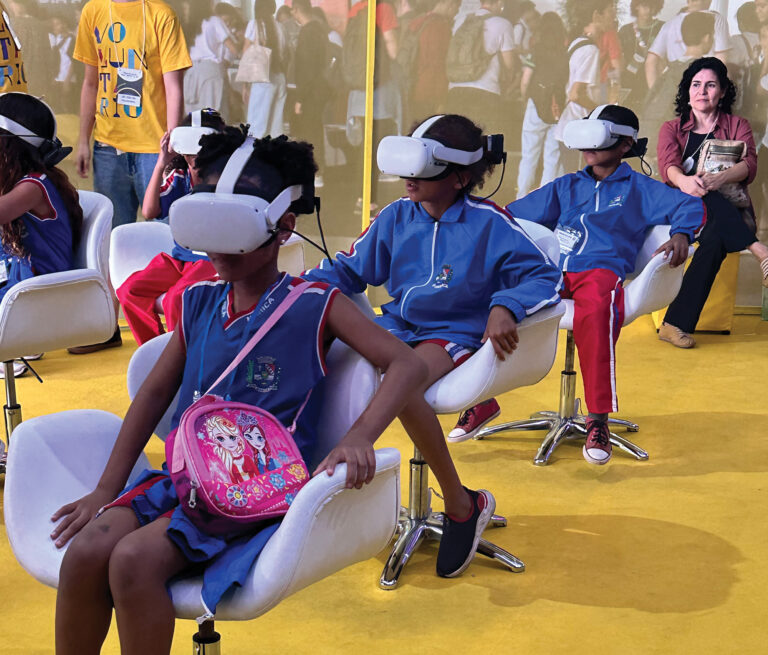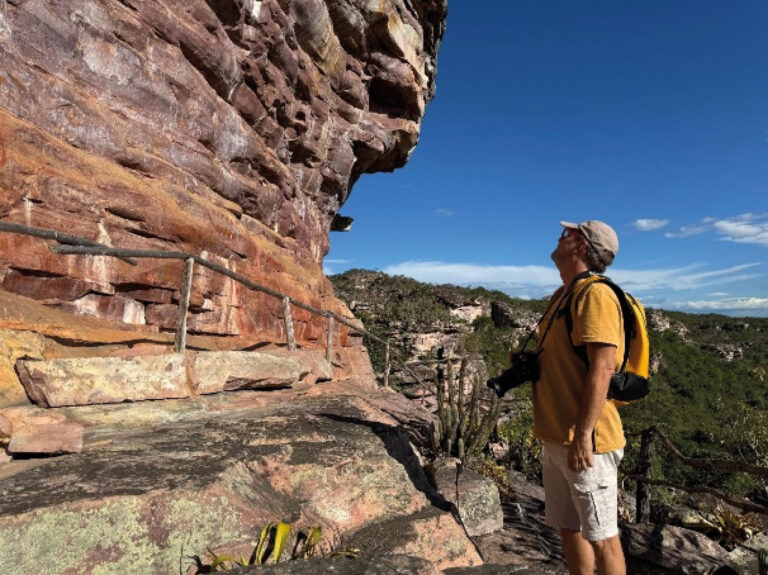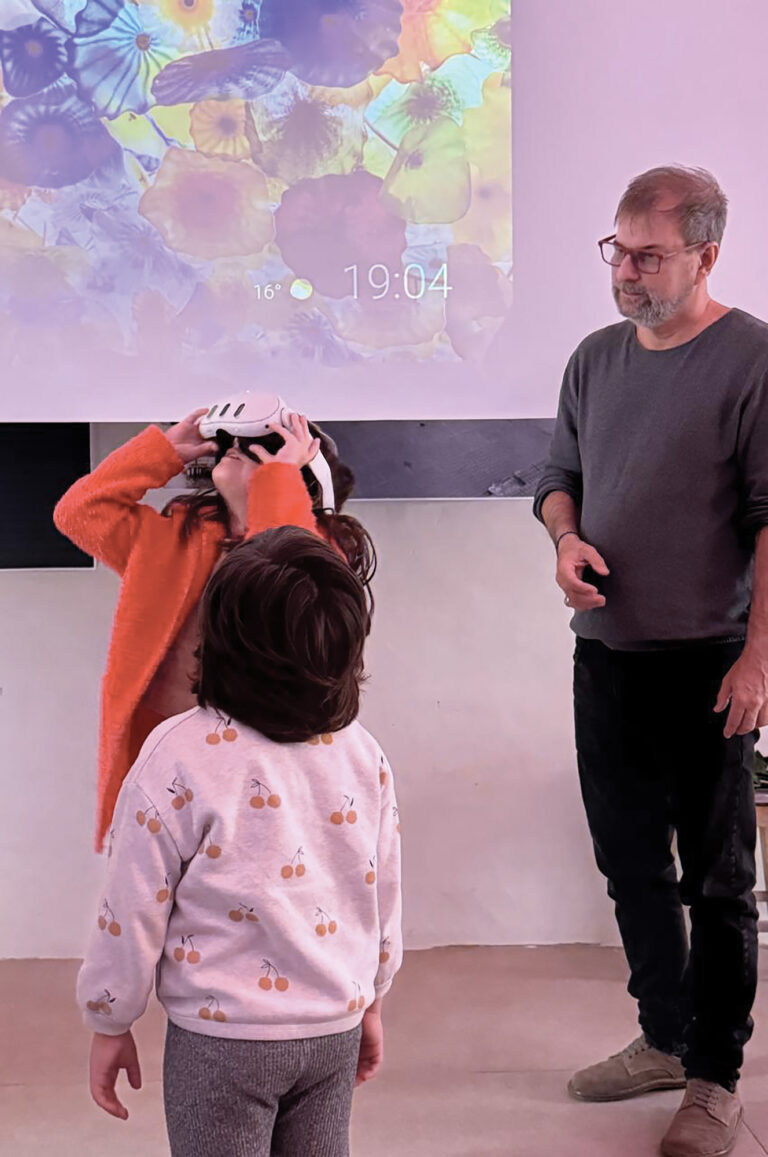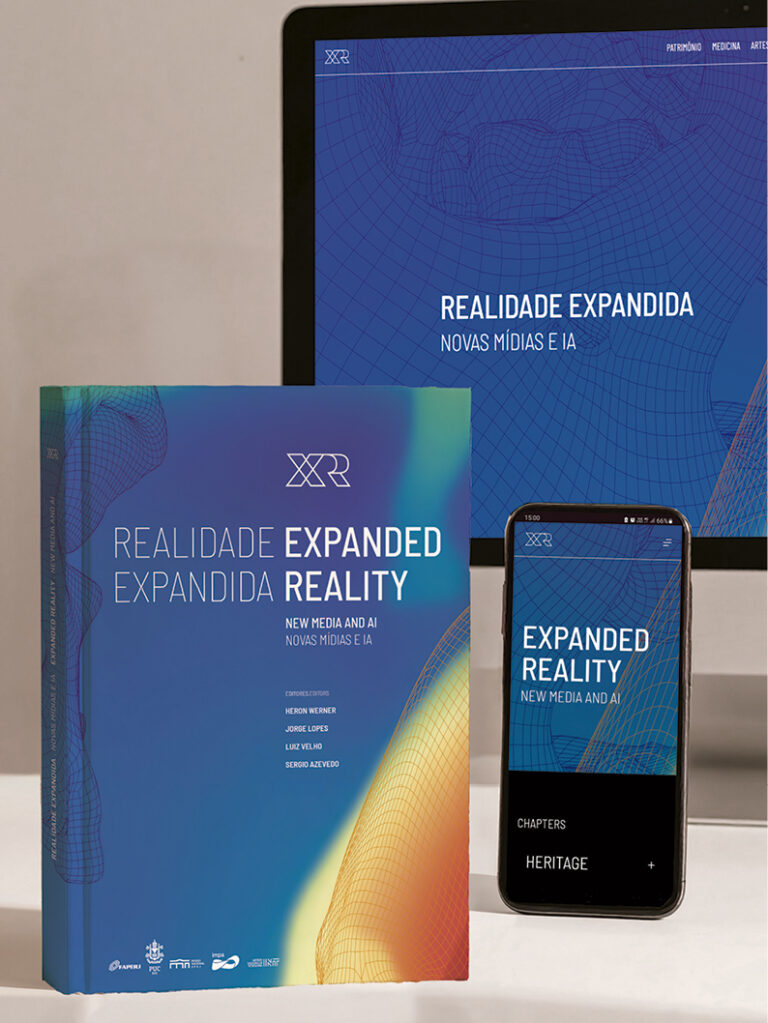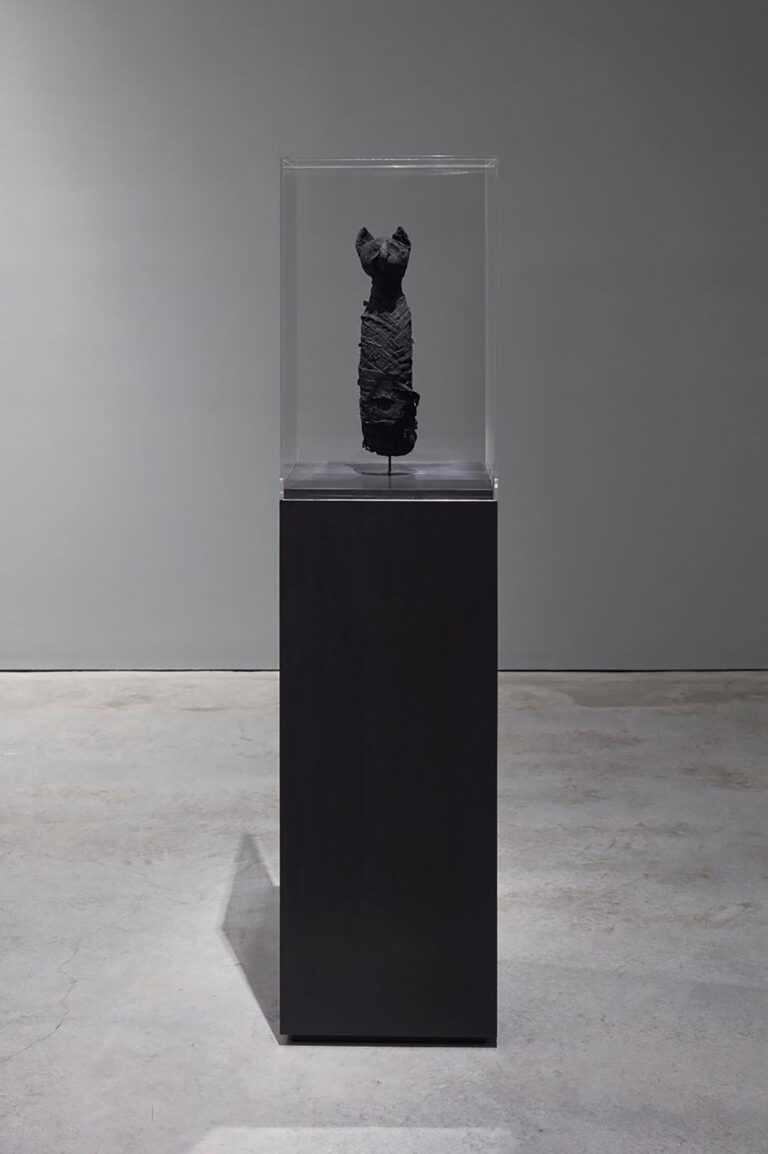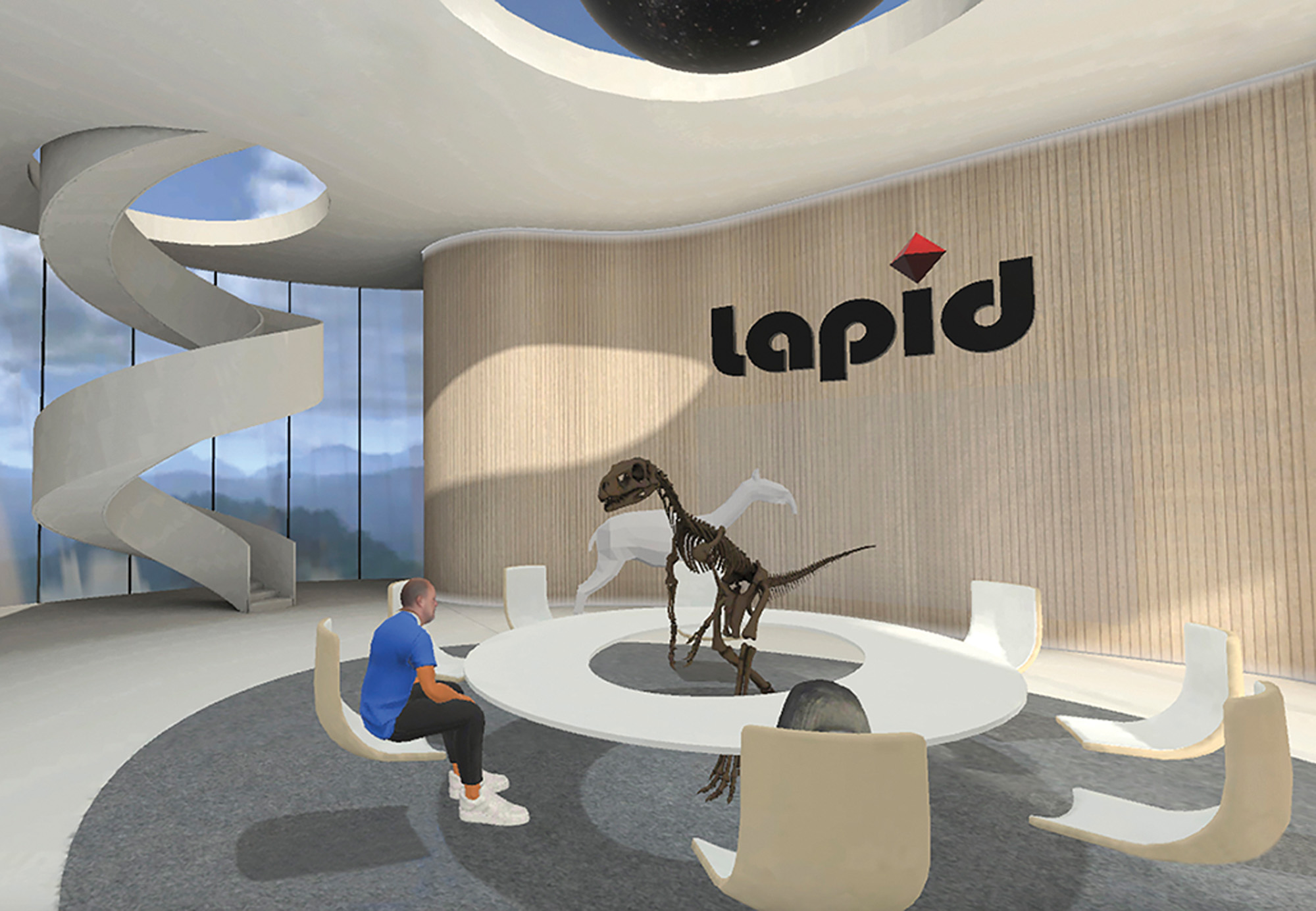
The term “metaverse” is aptly attributed to Neal Stepherson in his work Snow Crash (STEPHERSON, 1992), but the notion of a parallel universe, including access through a mediating device (in this case, a pair of glasses analogous to the 3D vision helmets proposed only in the 1960s by engineer Ivan Sutherland), can be traced back to various moments in history much further back, such as Pygmalion’s Spectacles by Stanley G. Weinbaum (WEINBAUM, 1935). In this case, judging by the title chosen by the author, we can trace the idea back to the year 8 of the Christian era, when Ovid, a Roman poet and sculptor, tells the story of Pygmalion, king of the island of Cyprus, who, disgusted with his real world, creates his statue Galatea, brought to life through the mediation of the goddess Aphrodite, thus creating a kind of parallel universe in which Pygmalion and Galatea live a life of happiness and contentment. Interestingly, the saga is presented by Ovid in Book 10 of his most famous poem, entitled Metamorphoses (OVID, 8).
If we are even more generous in our reasoning, the concept of a parallel universe can be traced back to the origins of humanity. Some schools of thought in anthropology and biological archaeology see the cave paintings on the walls of the caves inhabited by our ancestors not only as a documentary record of scenes from real everyday life, but also as an expression of the desire for abundant hunting, that is, in a sense, the creation of a parallel universe in which these desires could be realized (for more details, see David et al., 1998/2008). Thus, the existence of a “Second Life” (ROSEDALE, 1999/2003) can be correlated to the most remote times of our existence.
In addition to the literary works mentioned, cinema has also presented and discussed the subject in several productions such as Tron (1982), The Matrix (1999), Avatar (2009), Surrogates (2009) and Ready Player One (2018), among many others, many of which are even based on literary texts.
The LAPID
The Three-Dimensional Image Processing Laboratory (LAPID), created in 2003 on the basis of a FINEP project for the digitisation of rare books from the Central Library of the National Museum and public support from FAPERJ/Pensa Rio, soon began to work on incorporating advanced computational tools into the various areas of scientific, educational and cultural research developed by the National Museum, with the Museum’s scientific collections as its main working base (AZEVEDO, 2007).
The first formal results were obtained in 2003 (AZEVEDO & CARVALHO, 2008), as a result of a partnership established with the “Instituto Nacional de Tecnologia” (INT/MCTI) and the “Núcleo de Experimentação Tridimensional” (NEXT/PUC-Rio), initially aimed at scientific research through the digital study of dinosaurs and other Brazilian fossil vertebrates. These results have also been reflected in educational activities, with the development of master’s and doctoral theses linked to the postgraduate programmes of the National Museum, among others.
Over the last few years, LAPID has extended its activities to other areas. Initially, these were archaeology, with its national collections (records of Brazilian ancestral peoples, including the digitisation of the skull of Luzia, “the first Brazilian woman”, from Lagoa Santa, MG) and international collections (Egyptian collection – especially the mummies from the museum’s collection), and fetology, resulting from studies in the medical field, mainly carried out by our partners at PUC-Rio and INT. As a result of this phase, we have participated in the publication of a first book, with the participation of several researchers linked to LAPID, which includes our first areas of activity (WERNER Jr. & LOPES, 2009).
In recent years, several other areas and departments of the National Museum and collaborating institutions have been included (notably the Bendegó meteorite and the archaeological collection of Marajoara pots), culminating in the publication of the second book (LOPES et al., 2013), a work that this time involved more than 50 researchers from several partner institutions. In 2019, we published the third book (LOPES et al., 2019), which now brings together 110 authors from 9 countries related to the study and use of three-dimensional methods in different fields of knowledge.
As a result of these activities, more than 500 iconic pieces from the National Museum’s collection (dinosaurs and other fossil vertebrates, mummies, meteorites, Egyptian steles, urns and pots, the skull of Luzia, etc.) have been digitised using three-dimensional surface scanners, three-dimensional helical tomography and photogrammetry, technologies adapted by LAPID and its partners for scientific research. Some of these pieces have also been prototyped (on three-dimensional printers) as a result of the pioneering use of this technology in scientific research.
LAPID was in full swing, including the expansion of its staff and the presence of students and interns, when the sad event of 2 September 2018 occurred: a major fire hit the headquarters of the National Museum in Quinta da Boa Vista. In the moments of mourning that followed, the digital archives created by LAPID (preserved in scattered backups) gave hope for a partial recovery of the collection through three-dimensional printing of digital copies (GRILLO; LOBO & AZEVEDO, 2020). Later, with the beginning of the process of rescuing the affected collection and with the total or partial recovery of important objects such as the skull of Luzia, rare meteorites and dinosaur type specimens, the digital archives began to take on a great additional importance, serving as a guide in the recovery of the damage and losses suffered by the original objects.
The final outline of the work described here was strongly influenced by the reality imposed by the COVID-19 pandemic (2020-2022), which forced the improvement of the ways of making content available through digital platforms (especially the metaverse).
Another extremely important factor in the development of our activities has been the connection between LAPID and the Space-XR project: Research in Shared Metaverses. In addition to the laboratories mentioned above, this project involved Visgraf and the PI Center, both from the Institute for Pure and Applied Mathematics (IMPA/MCTI). In this project we coordinated the line called Scientific-Cultural Heritage and some of our recent results are presented in the following chapters.
References
AVATAR, 2009. Direção James Cameron. Twentieth Century Fox, USA. 162 minutos.
AZEVEDO, S. A. K., 2007 (Organizador). O museu nacional, 2007. Banco Safra, São Paulo, 359p.
AZEVEDO, S. A. K. & CARVALHO, L. B., 2008. O uso da tomografia computadorizada no estudo de vertebrados fósseis no Museu Nacional/UFRJ – Use of computed tomography in the study of fossilized vertebrates in the National Museum/UFRJ. 1-32. In: Heron Werner Jr. & Jorge Lopes, eds., Tecnologias 3D: paleontologia, arqueologia, fetotologia/Technologies 3D: paleontology, archaeology, fetology. Ed. Revinter, Rio de Janeiro, 190p.
DAVID, J.; LEWIS-WILLIAMS, D. J.; & CLOTTES, J., 2008. The Mind in the Cave – the Cave in the Mind: Altered Consciousness in the Upper Paleolithic In: Anthropology of Consciousness, 1998; 9(1):13-21.
GRILLO, O.N.; LOBO, L.S.; AZEVEDO, S., 2020. LAPID: Using 3D to Recover Heritage Lost in a Fire. Sketchfab Blog. Cultural Heritage – Science Spotlight, 20 January 2020. https://sketchfab.com/blogs/community/lapid-using-3d-to-recover-heritage-lost-in-a-fire/ (18/11/2024).
LOPES, J.; AZEVEDO, S. A.; WERNER Jr., H. &, BRANCAGLION Jr., A. 2019. Seen/Unseen. RioBooks, Rio de Janeiro, 244p.
LOPES, J. R. L.; BRANCAGLION Jr., A.; AZEVEDO, S. A. K. & WERNER Jr., H., 2013. Tecnologias 3D: desvendando o passado, modelando o futuro. Editora Lexikon, 248p.
OVÍDIO (P. Ouidii Nafonis), 8. Metamorfoses. Madras Editora, São Paulo, 2003.
READY PLAYER ONE, 2018. Direção Steven Spielberg. Warner Bros., USA/Índia. 140 minutos.
ROSEDALE, P., 1999/2003. https://secondlife.com/
STEPHERSON, N., 1992. Snow Crash. Bantam Books, New York, 480p.
SURROGATES, 2009, Direção Jonathan Mostow. Touchstone Pictures, USA. 89 minutos.
THE MATRIX, 1999. Direção Lana Wachowski & Lilly Wachowski. Village Roadshow-Warner Bros., USA/Austrália. 136 minutos.
TRON, 1982, Direção Steven Lisberger. Kushner-Lisberger Studios, USA. 96 minutos.
WEINBAUM, S. G, 1935. Pygmalion’s Spectacles. e-book Project Gutemberg, 2007. https://www.gutenberg.org/files/22893/22893-h/22893-h.htm (18/11/2024).
WERNER Jr., H. & LOPES, J., 2009. Tecnologias 3D: Paleontologia, Arqueologia e Fetologia. Editora Revinter, 202 p.
